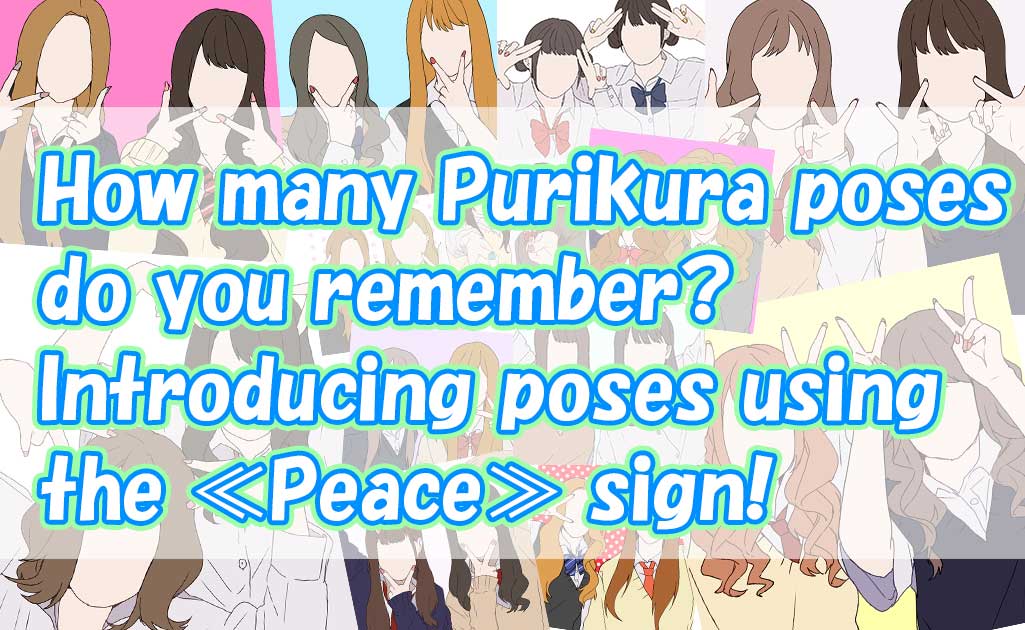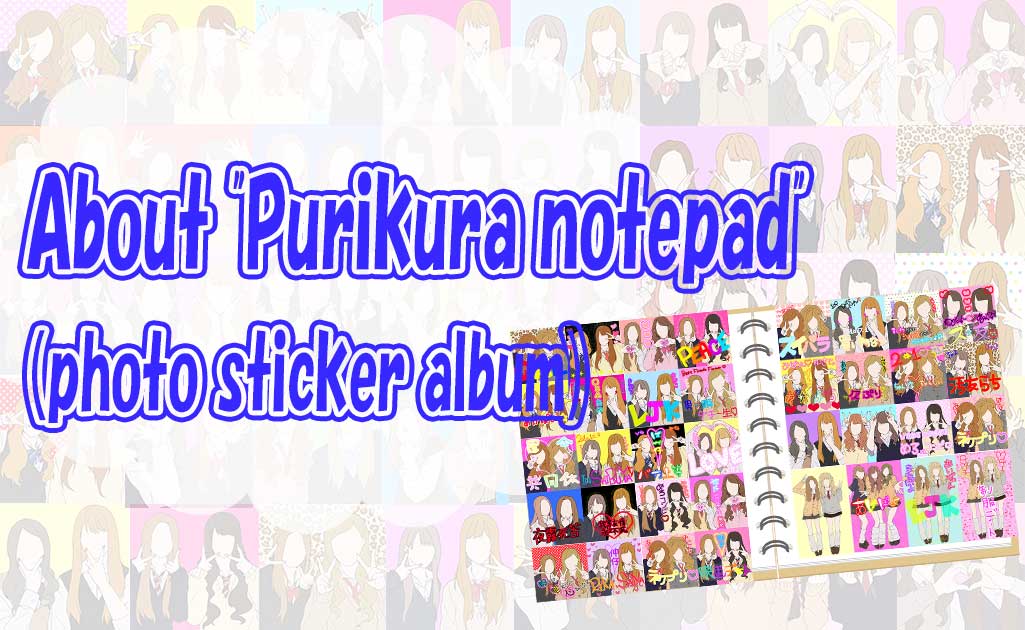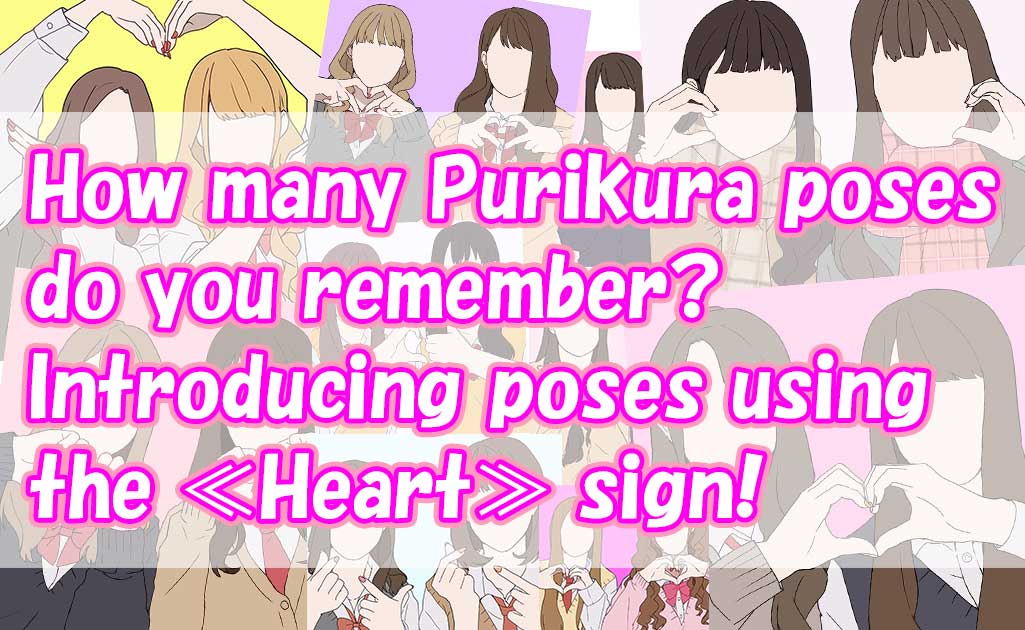The "Purikura," a symbol of the Heisei era, gained popularity in 1996.
Many people may say, "It was my daily routine to go to the game center to take photo booths after school!"
Taking Purikura with friends was a must when hanging out! The rule was to take pictures at least twice.
However, due to the frequent sessions of taking Purikura, what often became a challenge was the 'pose' for the photo!
We enjoyed incorporating ideas into our poses, either adopting ones commonly used by comedians and popular models or creating our own unique ones.
So, this time, we'll introduce poses that incorporate the "Peace sign" from among the popular Purikura poses.
We've compiled a range from nostalgic to the latest ones, so have fun seeing how many you remember!
One-Handed Peace Sign
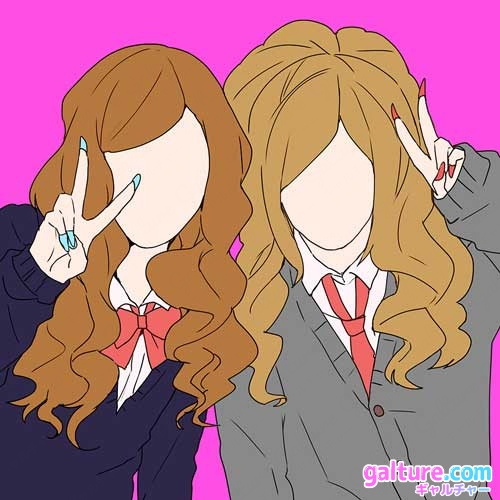
The one-handed peace sign is a classic pose not just for Purikura, but also commonly used by many Japanese when taking photos.
When someone says, "Hi, cheese!", many people may immediately do this pose...!?
It's the same with Gals. This pose was often used when taking purikura photos with new friends for the first time (when everyone was still a little nervous) or when they couldn't think of any other poses.
Among the various peace signs, it's the most standard and versatile pose.
It's a pose that's still widely used today!
Double Peace Sign
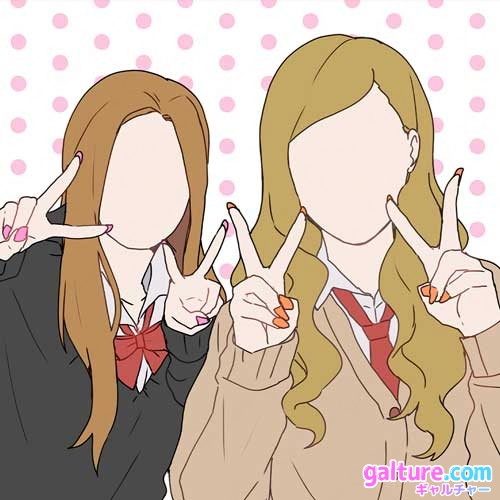
A familiar pose when taking Purikura is the Double Peace Sign!!
This pose involves making peace signs with both hands. They posed next to their faces, stretched out their arms to show off their energy, and touched their fingers to their cheeks. It's a versatile pose that allows for a wide range of arrangements.
If you've been only thinking of single-handed peace signs and can't come up with anything else, try the double peace sign with both hands!
It looks more energetic than a one-handed piece.
It was a staple pose for Heisei era Gals, but it remains a usable pose even in today's times.
Reverse Peace Sign and Double Reverse Peace Sign
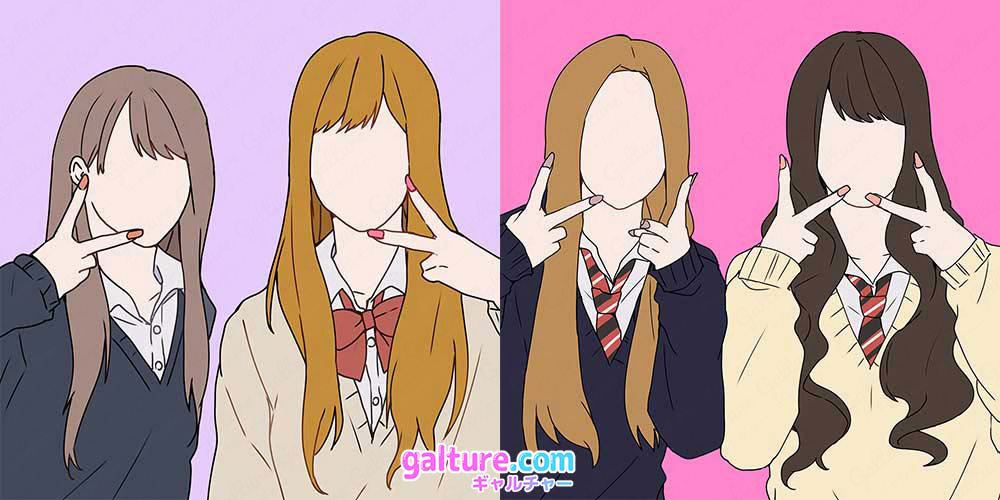
The reverse peace sign is a pose where the back of the hand is turned outward while making a peace sign.
There's also the "Double Reverse Peace," which involves making reverse peace signs with both hands!
Just like the regular peace signs (single-handed peace or double peace), this was a very familiar pose for Heisei era Gals. However, it seems to be a pose that is not seen as often in recent years.
Many girls used this reverse peace and double peace sign without much thought. But in countries like the United States, the United Kingdom, and Australia, this gesture can carry an insulting meaning, akin to saying "F〇CK YOU." so it's definitely something to be mindful of when overseas.
Under-Chin Peace Sign
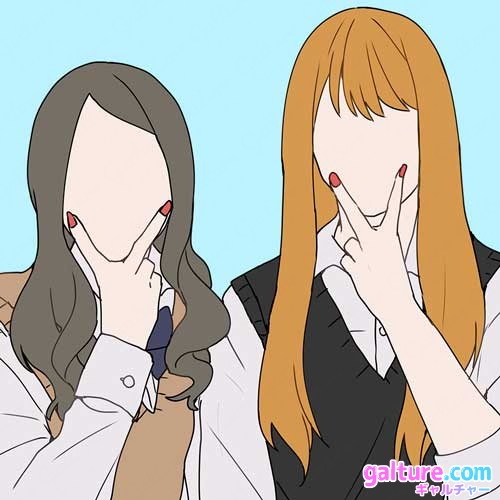
The under-chin peace sign is a pose where you make a reverse peace sign under your chin.
Since the index and middle fingers adhere closely to the line of the jaw, it was popular as a pose that could create the illusion of a smaller face.
The key is to spread the index and middle fingers as wide as possible!
By firmly sandwiching the chin with two fingers, it made the jawline appear more sharp!
This pose, too, is now considered outdated and has become less common to see.
Just like the reverse peace sign, it's important to be cautious because this gesture can be interpreted differently overseas.
Mini Moni Pose
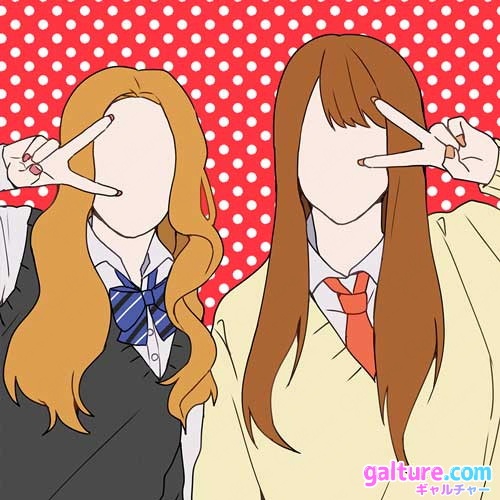
The Mini Moni Pose is a pose where you make peace signs parallel to your eyes.
It's named after the pose frequently made by the members of "Mini Moni", a sub-unit of the pop group Morning Musume, which included members like Mari Yaguchi, Nozomi Tsuji, and Ai Kago.
This pose was popular for its more mischievous and playful feel compared to a regular peace sign.
Kumicky Pose
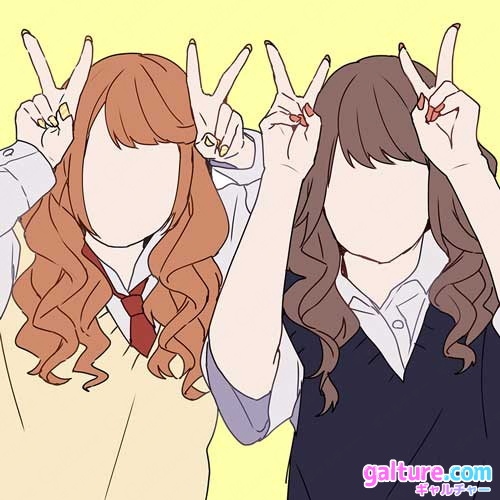
The Kumicky Pose is where you make a double peace sign beside your head, imitating the appearance of rabbit ears.
This pose became known as the "Kumicky Pose" because it was frequently done by Kumiko Funayama (affectionately known as "Kumicky"), who was a charismatic model in the magazine Popteen.
Kumicky's popularity was such that many Gals took Purikura photos striking this pose.
The 2010s were an era when original poses created by popular Gal models often became popular as Purikura poses.
Interestingly, the Kumicky Pose remains popular to this day and is also affectionately known as the "Rabbit Ear Pose" or "Usa-chan Peace."
Reiwa Pose
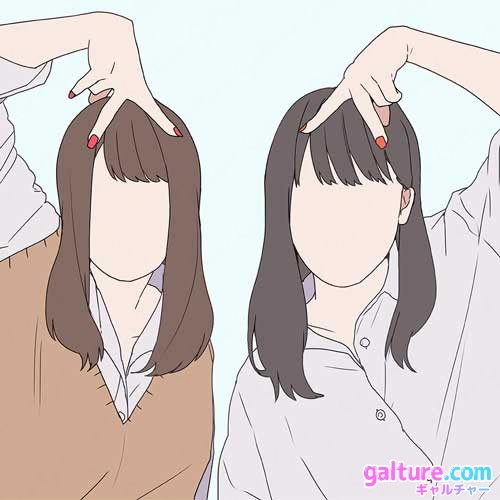
The Reiwa Pose is a pose where you make an upside-down reverse peace sign above your head.
This pose was created with the transition from the Heisei era to the Reiwa era, symbolizing the character "Rei" in Reiwa.
It became a topic of conversation after being introduced as a pose that was "making a small buzz among teens at a Purikura specialty store in Harajuku" on the Japanese TV morning show "ZIP!" (broadcast on May 14, 2019).
Top and Bottom peace sign
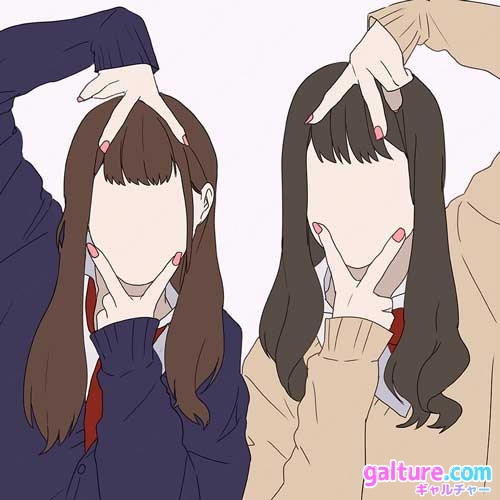
The Top and Bottom peace sign is a pose where you make reverse peace signs both above your head and under your chin.
This pose evolved from the Reiwa Peace sign and is gaining attention as a modern take on the double peace sign.
This pose, which surrounds your face with a peace sign from above and below, is said to have the effect of making the contours of your face appear more streamlined.
If you're interested in trying a trendy pose, why not give this one a shot?
Sailor Moon Pose
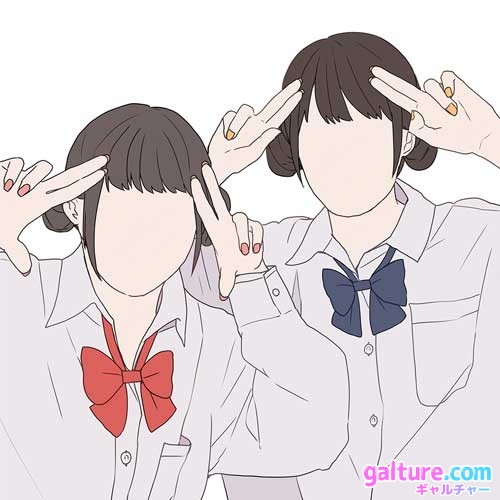
The Sailor Moon Pose involves making a peace sign with the index and middle fingers touching and positioning it near the temple.
This pose became a topic of discussion due to a limited-time collaboration between the anime "Pretty Guardian Sailor Moon" and Purikura photo booths, which ran from January 8, 2021, to February 10, 2022.
Taking photos with this pose in the Sailor Moon-themed frames available exclusively in the collaboration Purikura machines became popular. Many teens took these photos and shared them on SNS.
Gal peace sign
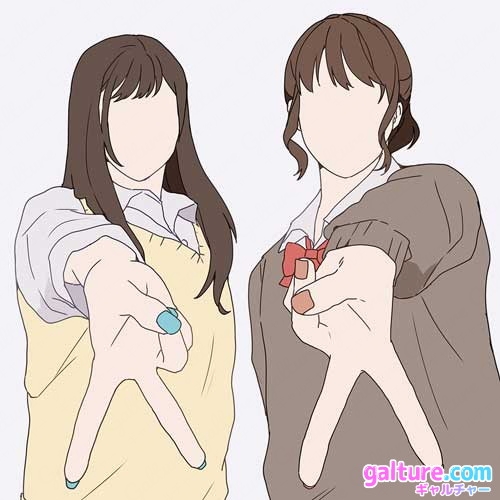
Gal peace sign is a pose where you make a peace sign, extend your hand forward, and then rotate it 180 degrees.
The trigger for the popularity of this Gal peace sign was actually a Korean female idol group!
It became trendy in Korea after "Rei," a Japanese member of the K-POP group "IVE," posted a photo on social media doing the Gal Peace.
Following that, it started to become popular in Japan as well.
Interestingly, this Gal peace sign was also a popular pose among the "Kogyaru" (young Gal culture) in the 1990s. It seems to have made a comeback approximately 25 years later.
Peace sign Cat Ears (Cat Ears Triangle)
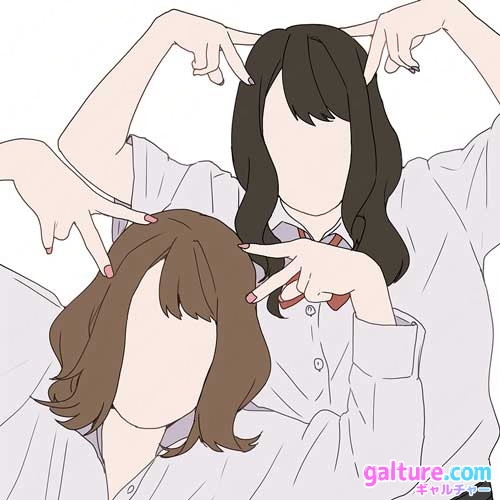
The peace sign Cat Ears (also known as Cat Ears Triangle) is a pose where you make peace signs with both hands (a double peace sign) and position them above your head.
It's intended to represent cat ears using the peace signs!
This pose is among the top 10 popular poses for Reiwa era teens when taking Purikura photos.(As of 2021)
Saku peace sign (Ha-peace)
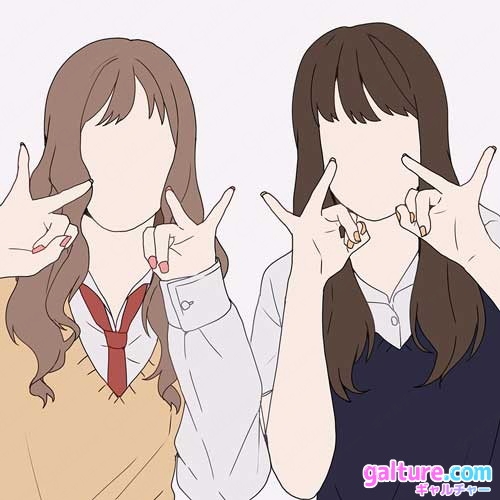
The Saku peace sign is a pose where you fold your thumb, index finger, and middle finger, and then make a peace sign with your ring and little fingers.
This pose was created by Daisuke Sakuma, a member of the idol group "Snow Man" from Johnny's Entertainment, hence the name Saku Peace Sign.
The pose became widely recognized thanks to "Meruru," or Meru Nukumi, who popularized a similar pose called "Ha-peace."
Interestingly, it turns out that "saku peace" and "Ha-peace" are exactly the same pose!
(Both were originally developed independently. It seems to be a coincidence that they ended up being the same.)
The pose spread to the general public when Meruru performed "Ha-peace" during a TV appearance.
As of the first half of 2022, it became a topic as a trendy Purikura pose among Reiwa era teens.
Among the poses using the "peace sign," it can be considered the most in-vogue pose.
Did you find any of these poses nostalgic?
Perhaps there were many poses that were new to you as well!
In the past, people often adopted poses they found "funny" or "cute" from TV shows and magazines.
However, from the end of the Heisei era to the Reiwa era, poses have increasingly originated from social media, with platforms like TikTok, Instagram, Twitter, and YouTube becoming major sources of trends.
Over time, numerous poses have been created, but it's evident that in every era, there's a focus on achieving "cuteness" and the pursuit of a "small face" effect.
It will be interesting to see what kind of poses become popular in the future!
